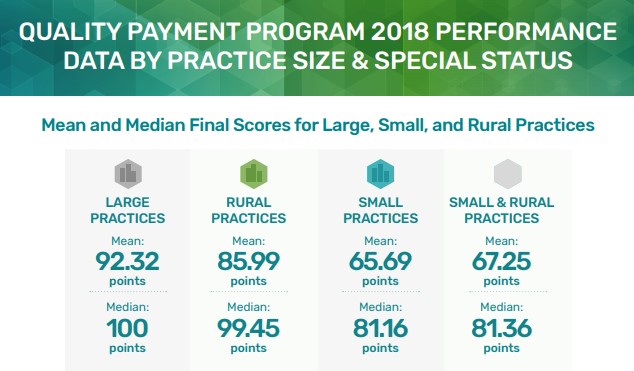 By Jim Tate, EMR Advocate
By Jim Tate, EMR Advocate
MACRA/MIPS Subject Matter Expert
Twitter: @jimtate, eMail: jimtate@emradvocate.com
Host of The Tate Chronicles – #TateDispatches
Some folks prefer Rod Stewart’s cover of the song The First Cut is the Deepest but I have to admit I favor the rendition by Cat Stevens. No matter your preference, I’m pretty sure neither one of them was singing about the MACRA – MIPS program. If they were, they would have been crooning The First Cut is the Lightest.
MACRA – MIPS (aka The Quality Payment Program) began on January 1, 2017. That performance year brought eligible clinicians in 2019 maximum Medicare part B payment adjustments of +/- 4% delivering a potential 8% swing in reimbursement. With all the exceptions, exclusions, and low thresholds, that first year brought exceptionally light cuts in terms of Medicare part B reimbursement adjustments. Every year the knife returns and cuts a bit deeper. The 2020 performance period will be delivering a cut in 2022 that will have a real impact on affected practices, especially the smaller ones. With a maximum possible payment adjustment of +/- 9% we are now looking at a potential swing of 18% in the 2022 payment year.
CMS recently published a blog post titled 2018 Quality Payment Program (QPP) Performance Results. This is the data that is affecting 2020 Medicare Part B reimbursement. The graphic below is from that release.

CMS touts the success of the QPP program with conclusions such as:
- 98 percent of eligible clinicians participating in MIPS will receive a positive payment adjustment in 2020.
- 97 percent of eligible clinicians in rural practices will receive a positive payment adjustment, compared to 93 percent in 2017.
That is not the entire story. As the graphic demonstrates, the desired level playing field for all providers has failed to materialize. The complexity of MACRA – MIPS, with numerous exclusions, exceptions, submission types, bonus points, and strategies favors large practices who have the administrative bandwidth to know when to zig and when to zag. Large practices (16 or more eligible clinicians) averaged 92.32 points compared to 65.69 for small practices (15 or fewer eligible clinicians). While there is an ongoing effort from CMS to educate and support small practices on MACRA – MIPS it is obvious that there is a systemic disadvantage that continues to plague small practices. I’m not convinced that large practices deliver a 26%-point advantage in the quality of healthcare delivered. Do you? This was always the concern, that a MIPS score did not directly reflect the quality of patient care. With this latest data release, that concern does not go away.
